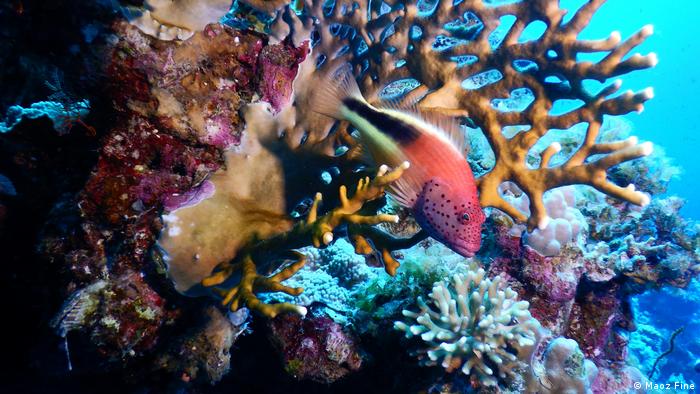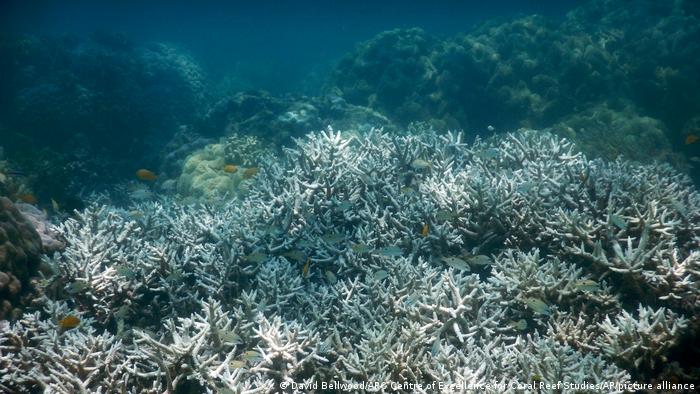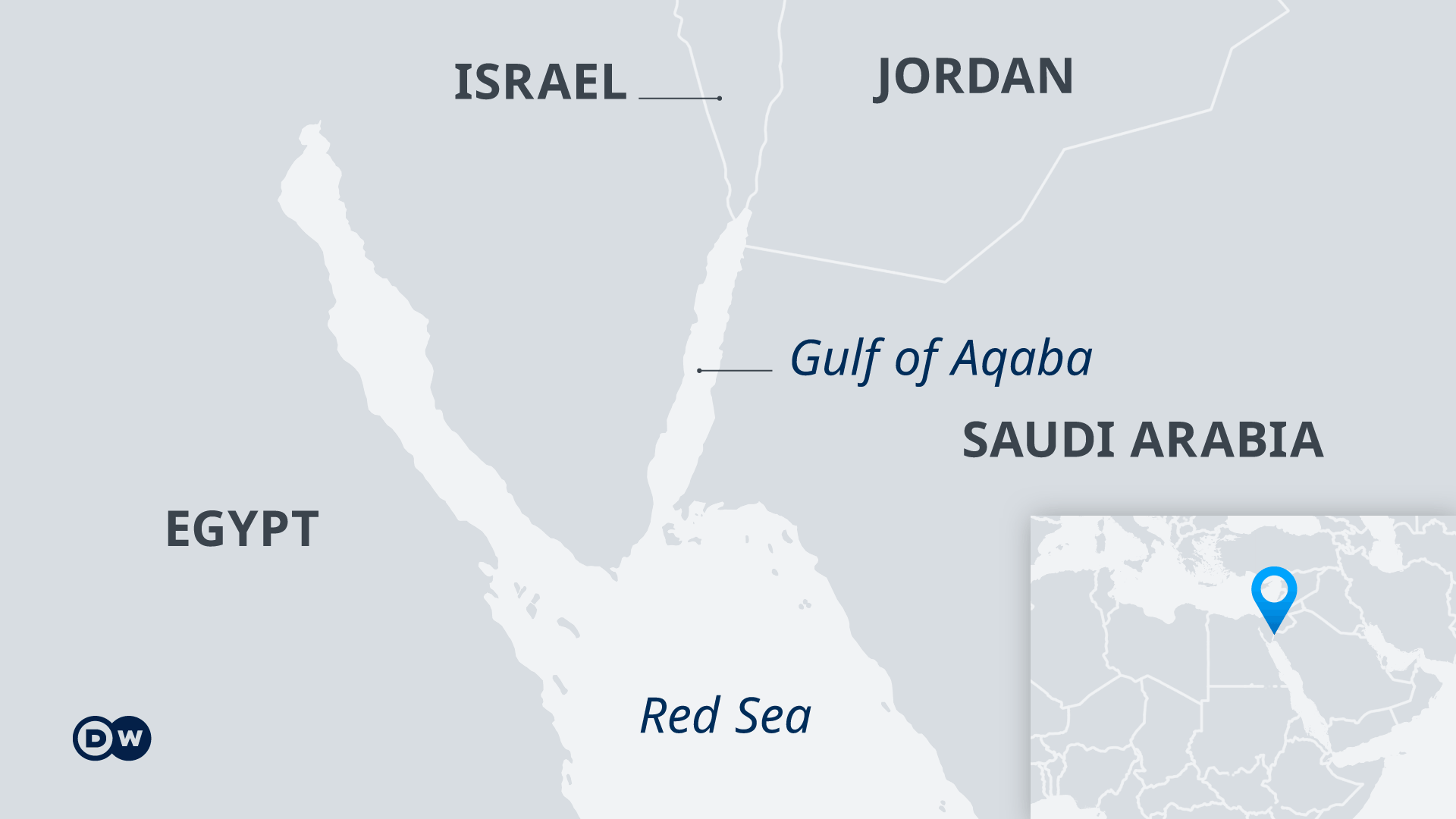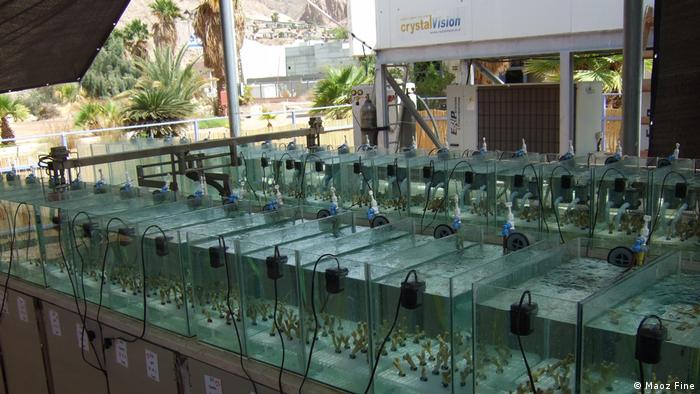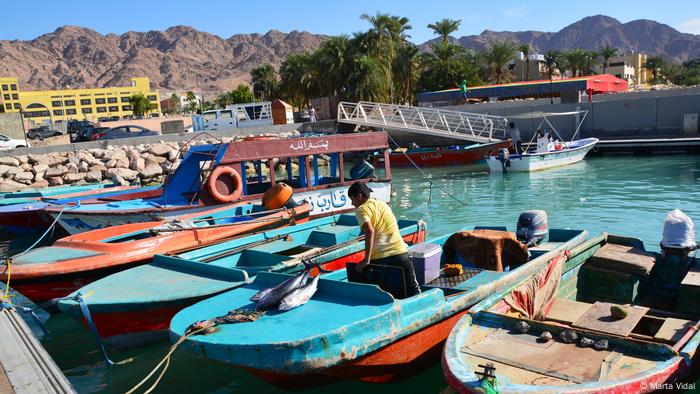UPDATED: Sun., Jan. 16, 2022

By Kale WilliamsOregonian
Even in the gray days of Oregon’s winter, vivid pops of color can be found on the Oregon coast.
The rocky intertidal zone, commonly known as tide pools, is home to a rainbow of species – from orange sea stars to bright blue sea anemones to multicolored varieties of seaweed that undulate with the comings and goings of the tides.
Tide pools are also among the most resilient ecosystems on Earth, able to quickly recover from natural disturbances and bounce back on timescales not seen in many other parts of nature. That’s what led Brunce Menge, a marine ecologist at Oregon State University, to start observing Oregon’s tide pools more than a decade ago, watching to see how some of the state’s most dynamic organisms responded to climate change and warming ocean waters.
The findings of Menge and his team, published this week in the Proceedings of the National Academy of Sciences, are troubling.
“Climate change is threatening to destabilize ecological communities,” he said. “A possibility is that they’ll stop being persistently occupied, what we call basins of attraction, and move into other states.”
Intertidal ecosystems can be tricky things to study, Menge said, because they often appear to be healthy, even thriving, while nearly imperceptible changes can be indicative of larger problems. They need to be studied over years, not months, so Menge and a team of researchers set out to do just that in 2011.
They selected sites at three locations on the Oregon coast – Cape Foulweather, south of Depoe Bay; Cape Perpetua, near Yachats; and Cape Blanco, on the state’s southern coast. At each location, they plotted out five areas, each a half-meter square, and cleared them of all organisms observable to the naked eye to mimic an environmental disturbance.
They also cordoned off plots that were left undisturbed for comparison to the disturbed plots. Menge and his team returned to each site once a month to take pictures of how the intertidal species were repopulating the cleared plots. Between 2011 and 2019, the plots were cleared on a yearly basis to see how their responses changed over time.
During the period of study, Oregon’s oceans saw plenty of natural disruption. In 2013 and 2014, the West Coast saw a mysterious illness among sea stars that caused a massive die-off. A marine heat wave, which came to be known as “the blob,” warmed the waters of the Pacific Northwest, causing less nutrient-dense water and sending ripple effects throughout the food chain. The heat wave was believed to be behind the deaths of young sea lions in southern California and die-offs of starving sea birds along the Oregon and Washington coasts.
“In all cases, over time the rates of recovery slowed and also became more variable,” said Sarah Gravem, an Oregon State research scientist who helped lead the study. “Increasing variation in key ecological processes can be a signal that an ecosystem is on the verge of a state shift. On the Oregon coast, the factors behind that increasing variation appear to be coming from changes in ocean currents and thermal disruptions like marine heat waves, which can alter growth, decrease colonization rates and kill organisms.”
Gravem likened the tidal pool ecosystem to a forest going through a drought, where all the same species of trees and plants might be present, but the environmental stress they are under causes changes to growth rates or seed production.
“For the first handful of years, they bounced back almost all the way. We could hardly tell the difference,” Gravem said. “Over time, the ability to bounce back slowed down and was more variable. Variability is one of the hallmarks of a system that is not as healthy as it could be.”
When animals and plants did return to the cleared plots, they did so in smaller numbers, often failed to reproduce and were, in some cases, dominated by a few species like barnacles or algae. One of the species that appeared particularly vulnerable were mussels, Gravem said, of special importance because the bivalves are prey for other important species and mussel beds act as habitat for many others.
Menge and Gravem said more research was needed to know if Oregon’s tide pools were nearing a tipping point, after which some kind of irreversible change would take hold, but both agreed the data they analyzed indicated a move in that direction as climate continues to cause warming of the world’s oceans.
“It’s possible the system could go the other way and start recovering more quickly, but we know climate change is getting worse and worse,” Menge said. “The longer term prospect is not great. We can’t say when a tipping point will happen, but there’s a good chance that it will.”






